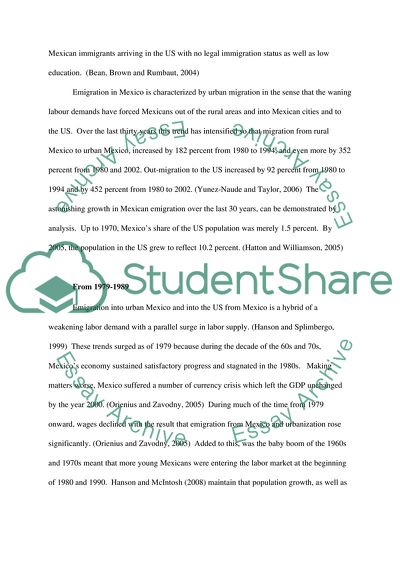Cite this document
(Emigration in the Last 30 Years in Mexico, Cuba and El Salvador Case Study, n.d.)
Emigration in the Last 30 Years in Mexico, Cuba and El Salvador Case Study. https://studentshare.org/social-science/1721391-how-was-emigration-in-the-last-15-years-in-mexico-cuba-and-salvodor
Emigration in the Last 30 Years in Mexico, Cuba and El Salvador Case Study. https://studentshare.org/social-science/1721391-how-was-emigration-in-the-last-15-years-in-mexico-cuba-and-salvodor
(Emigration in the Last 30 Years in Mexico, Cuba and El Salvador Case Study)
Emigration in the Last 30 Years in Mexico, Cuba and El Salvador Case Study. https://studentshare.org/social-science/1721391-how-was-emigration-in-the-last-15-years-in-mexico-cuba-and-salvodor.
Emigration in the Last 30 Years in Mexico, Cuba and El Salvador Case Study. https://studentshare.org/social-science/1721391-how-was-emigration-in-the-last-15-years-in-mexico-cuba-and-salvodor.
“Emigration in the Last 30 Years in Mexico, Cuba and El Salvador Case Study”. https://studentshare.org/social-science/1721391-how-was-emigration-in-the-last-15-years-in-mexico-cuba-and-salvodor.


